The missionary movement
The missionary fervour of the Protestant Church arose in the nineteenth century. The first mission was in a country under the British rule and later on in countries that were both under British and French rule. At the end of the nineteenth century, Protestant missionaries were active in seven different areas, in Africa and the Pacific.
The pioneering age (1822-1884)
Unlike their Dutch or British counterparts, French Protestants did not initially seem to get involved in missionary work with non-Christian people. For theological reasons first : Calvinists had not devised a missionary project targeting these peoples because the first aim of the Reformed Church was to convert Catholics in Europe and also because they disapproved of the missionary model based on the conquest by force such as the Catholic Church had elaborated when the New World was discovered. But there was a sociological reason likewise : after two centuries of persecution and turmoil, French Protestants were weakened and did not enjoy the same international support from governments as the Catholics did.
Only a few Huguenot settlements had developed on the American continent (Canada, Florida, Brazil ). In the seventeenth century, after the Revocation of the Edict of Nantes, the Dutch Huguenots of French descent left their country, settled in South Africa and gave birth to the largest Protestant settlement in modern history. The Churches born from this settlement were not missionary ones. However this did not prevent the conversion of Africans, especially quadroons but these were segregated in churches separated from the “white” ones according to a system known as apartheid in the twentieth century.
Moreover, in the early nineteenth century, the French government forbade the Protestant Churches to be reorganized under the Concordat rule and the 1802 Organic Ordinances made any activities other than worship impossible within religious structures and facilities. Any other activity was prohibited or merely tolerated under normal circumstances. Last but not least, the French Navy was in the hands of the Catholics and if the Christian faith was to follow the colonial maritime expeditions in order to spread around the world, it would be French and Catholic to oppose “English and Protestant” undertakings.
Origin of the missionary movement
In the nineteenth century, the religious “Revival” movement became popular in France and the rest of Europe. Both Protestant and Catholic Revival movements were the religious form of romanticism, Madame de Staël and Benjamin Constant being on the Protestant side and Chateaubriand being on the Catholic one. The Revival Movement aimed at giving churches a new lease of life and expected them to proclaim the good news of Salvation by Christ throughout the world. France was crisscrossed by British and Swiss evangelists who came to support the groups praying for the missionaries sent across the world by mission organizations such as the London Mission founded in 1795 and the Basel Mission founded in 1815.
On the fourth of November 1822, the Paris Society for Evangelical Missions among non-Christians populations (SMEP) was founded with the aim of “spreading the Gospel among the heathens and other non-Christian populations”. Its first Committee was interdenominational (Lutheran, Reformed, Independent) as well as international (French, Swiss, American).
In the early days of the SMEP, its founders could not send missionaries far off. Indeed, the Protestant missions, considered as British attempts of infiltration, were forbidden access to the former French colonies in the West Indies. In the French colonies in Africa, namely Senegal and Algeria, the French government had given the Muslim authorities their word that they would not support any Christian mission. That is why the friends of the missions, who had gathered in groups in the provinces as early as 1819, started raising funds for the Basel Mission. On the other hand, the first House of Missions rented on Montparnasse Boulevard in 1823 received missionary trainees from Basel who were thus able to take advantage of the various opportunities offered by the Paris School of Oriental Languages.
But the SMEP remained eager to send its own missionaries overseas. In 1829, following the advice given by John Philip, the superintendent of the London Missionary Society (LMS) in South Africa, the Paris Committee ordained its first three missionaries, Samuel Roland, Prosper Lemue, Isaac Bisseux, for the Cape of Good Hope. The plaque commemorating this ordination can still be seen in the Sainte-Marie Reformed Church in Paris. Why South Africa ? Philip had campaigned in this colony to improve the condition of black people and the abolition of slavery was proclaimed in 1834, just after the British decision of abolition. He considered this was a timely opportunity for the mission especially the mission of French Protestants whose Huguenot ancestors had sought refuge in South Africa during the seventeenth century. At the beginning of the nineteenth century, this area went through major political transformation. The Bantu chiefs rarely agreed with each other, they were at war with the Boer settlers and attempted to set up relatively independent “States” with the support of a third protagonist, the British settlers. The Bantu chiefs considered the European missionaries as advisers liable to help consolidate their nation.
Bibliography
- Books
- BLANQUIS Jean, Les origines de la Société des missions évangéliques de Paris, 1822-1830, SMEP, Paris, Tome 3
- PIETRI Charles, VAUCHEZ André, VENARD Marc et MAYEUR Jean-Marie (dir.), Histoire du christianisme des origines à nos jours, Desclée, Paris, 1990-2001, Tome 14
- ZORN Jean-François, Le grand siècle d’une mission protestante. La mission de Paris de 1822 à 1914, Karthala/Les Bergers et les Mages, Paris, 1993
- Articles
- GADILLE Jacques et ZORN Jean-François, "Le projet missionnaire", Libéralisme, industrialisation, expansion européenne (1830-1914), sous la dir. de GADILLE Jacques et MAYEUR Jean-Marie (1995), Histoire du christianisme des origines à nos jours, PIETRI Charles et Luce, VAUCHEZ André, VENARD Marc, MAYEUR Jean-Marie, Desclée, Paris, 1990-2001, Volume 11, p. 137-170
- GADILLE Jacques et ZORN Jean-François, "Théologie de la mission", Libéralisme, industrialisation, expansion européenne (1830-1914), sous la dir. de GADILLE Jacques et MAYEUR Jean-Marie (1995), Histoire du christianisme des origines à nos jours, PIETRI Charles et Luce, VAUCHEZ André, VENARD Marc, MAYEUR Jean-Marie, Desclée, Paris, 1990-2001, p. 992-1112
- GADILLE Jacques et ZORN Jean-François, "Les missions chrétiennes en Afrique, Asie, Australie et Océanie", Libéralisme, industrialisation, expansion européenne (1830-1914), sous la dir. de GADILLE Jacques et MAYEUR Jean-Marie (1995), Histoire du christianisme des origines à nos jours, PIETRI Charles et Luce, VAUCHEZ André, VENARD Marc, MAYEUR Jean-Marie, Desclée, Paris, 1990-2001, p. 427-440
- ZORN Jean-François, "Le combat anti-esclavagiste chrétien au XIXe siècle", Bulletin de la SHPF, SHPF, Paris, 1993, Tome 127, p. 635-652
Associated tours
-
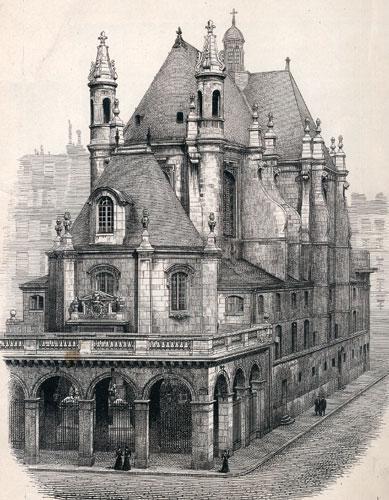
Protestantism in the 19th century
The century began with the 1801 Concordat and 1802 Organic Articles ruling the life of Churches. Their measures enabled to reorganise the Protestantism after the Desert period. The Protestants were...
Associated notes
-
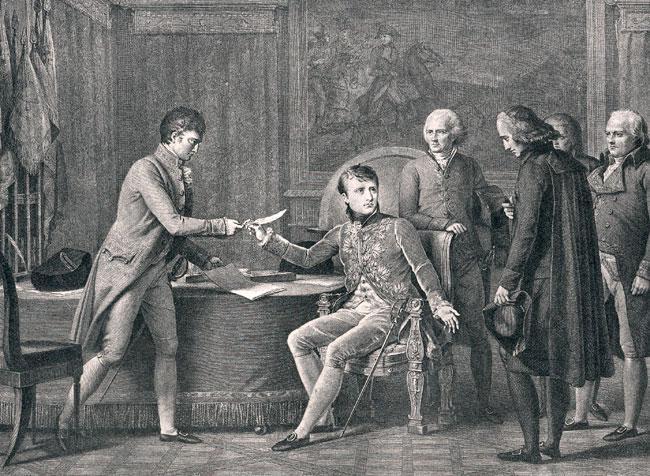
The French Concordat
The Concordat with the Organic Articles, ruled the organisation of Protestant as well as Catholic churches. It did not comprise any restrictive measures, and pastors were to be paid by... -
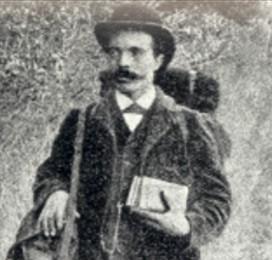
Revival Movements
The 19th century revival movement took shape within the context of romanticism. Its piety is of a more existential and sentimental nature, a piety « revived » when compared to a faith... -
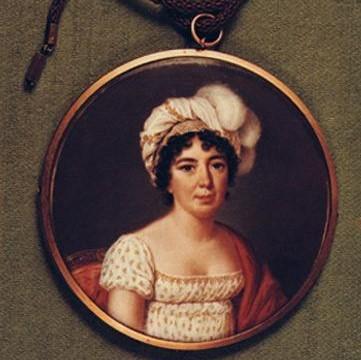
Germaine de Staël (1766-1817)
Germaine de Staël was a major figure of the pre-romantic period and was herself already a true romantic in outlook. Due to her political standpoint she had to flee several... -
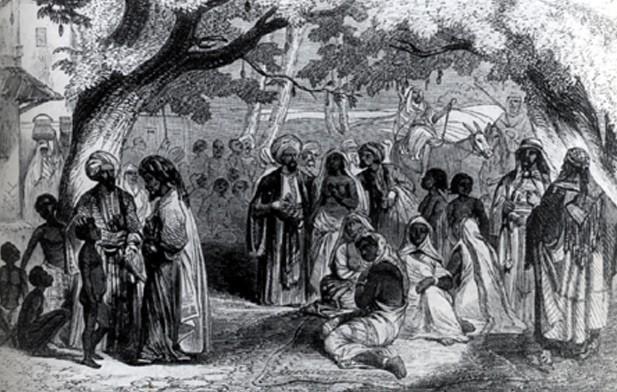
The abolition of slavery
In the nineteenth century, slavery became incompatible with the major political (human rights), economic (legitimate trade) and theological (evangelization) currents. Slavery, even though re-established by Napoleon, it was permanently made... -
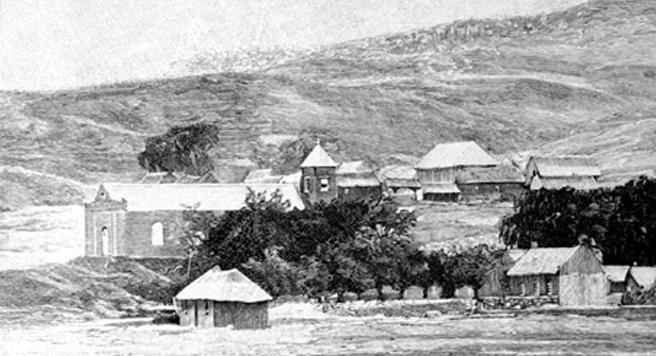
The first missions
The first Protestant missions were established in South-Africa, where the beginning of the 19th century saw some major political transformations. -

Protestant education
The history nineteenth century education is known for the profound changes in its government organization ; and these changes affected the influence it had. Fundamental laws went into effect and new... -

Organization of the missionary movement
Even though the House of Missions was closed for a short period during the 1848 revolution and the 1870 war, missionary enthusiasm spread in France in different ways.
